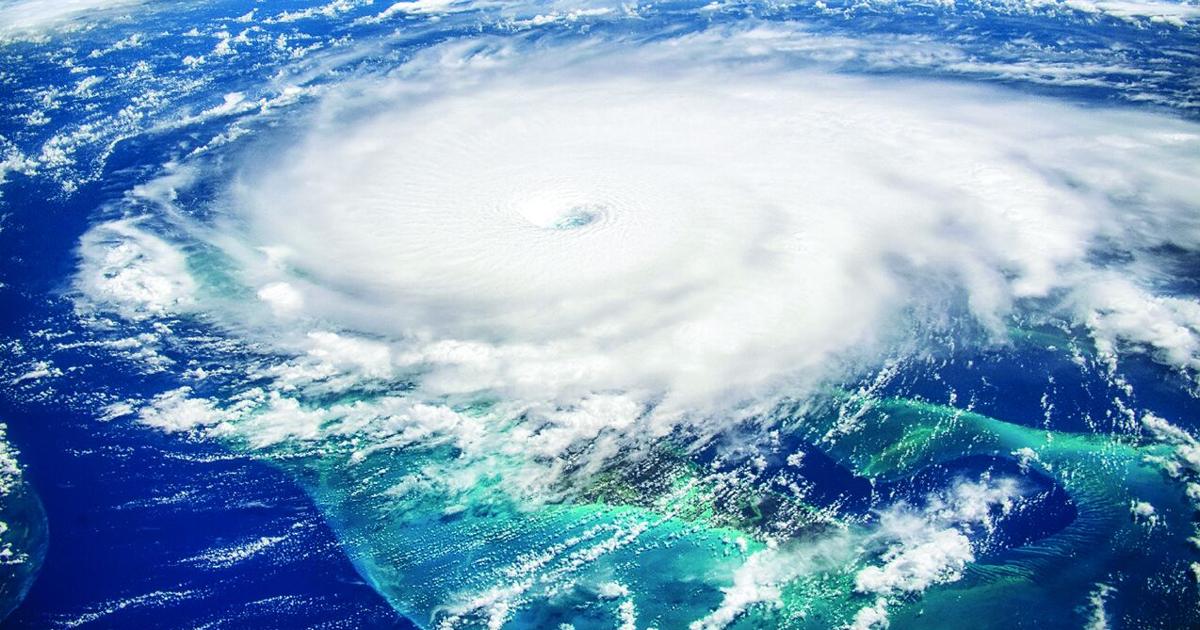FAQ about hurricanes
3 minute readPublished: Wednesday, August 20, 2025 at 6:59 pm

Hurricane Season: A Primer on Powerful Storms
As summer's warmth blankets many regions, it also signals the arrival of hurricane season, a period of heightened storm activity. While hurricanes can occur outside of this timeframe, they are most prevalent from late summer to early fall. This surge in activity is largely attributed to rising ocean temperatures, which must reach a minimum of 79.4°F (26.5°C) at a depth of at least 160 feet for a hurricane to develop. Warm, moist air, another key ingredient, is also abundant during this time.
The term "hurricane" itself originates from the Taino Native American word "huracan," meaning "evil spirit of the wind," a fitting description for these powerful weather events. Hurricanes begin over tropical ocean areas, drawing strength from the warm waters. The same type of storm is known by different names depending on the region: hurricanes in the Atlantic Ocean, typhoons in the Northwest Pacific, and cyclones in the South Pacific and Indian Ocean.
The Atlantic hurricane season officially runs from June 1 to November 30, while the East Pacific season extends from May 15 to November 30. The Saffir-Simpson Scale categorizes hurricanes based on their intensity, with major hurricanes classified as categories 3, 4, and 5.
Florida has experienced the most hurricanes since record-keeping began. Hurricanes can also impact Canada, particularly on its Atlantic coast, and occasionally, remnants of Pacific cyclones can affect British Columbia. A typical hurricane can bring six inches to a foot of rain.
The U.S. Weather Bureau began naming tropical storms in 1953, initially using women's names and later including men's names in 1979. Names are assigned alphabetically, excluding certain letters, and are rotated every six years. Names are retired when a storm causes significant devastation. The World Meteorological Organization oversees the retirement and selection of hurricane names. The most active hurricane season on record was 2005, with 28 named storms, including Hurricane Katrina.
Individuals can prepare for hurricanes by assembling emergency kits containing essential supplies such as first aid, medications, non-perishable food, water, batteries, a radio, cash, and important documents. Developing a household emergency plan, including evacuation routes, is also recommended.
BNN's Perspective:
Understanding hurricane preparedness is crucial for residents in affected areas. While the science of these storms is complex, the basic steps for safety are straightforward and can significantly mitigate the risks. It is important to stay informed and heed the warnings of local authorities.
Keywords: hurricanes, hurricane season, storm, tropical storms, Atlantic Ocean, Saffir-Simpson Scale, Florida, Canada, emergency preparedness, weather, climate, Katrina, typhoon, cyclone, wind, rainfall